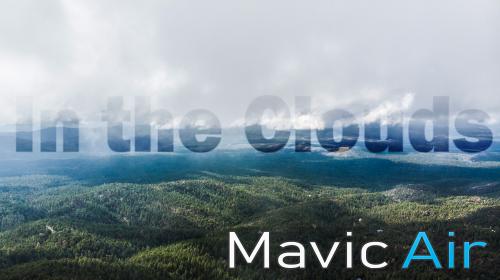So the title didn't scare you away; hopefully the length of the following video doesn't either... In all seriousness though, give the video below a watch before continuing on, it will help alot in your understanding of KF airfoils and will get you up to speed for when we dive into more advanced concepts related to these unique airfoils.
Note: At some points I say 'vorticee' instead of 'vortex' or 'vortices' (plural). Vorticee is not a word, I was just slurring the two without thinking haha
So if you made it to the end of the video, you now understand the basic idea behind the design of the KF airfoil steps (trapped vortex). Interestingly enough, in some conditions I was able to observe two trapped vortices in some of the CFD simulations.
Pretty interesting! And as you saw in the Flow Design simulations, the vortex will typically shed and rebuild in a loop, depending on the flight conditions. This is a downfall of this design because this induces additional drag on the wing. However, the simplicity of the build and the potential for this vortex to stay trapped under certain flight conditions far outweigh the cons of this airfoil for MOST RC aircraft.
As I said in the video, keep in mind that this is simply skimming the surface of a very COMPLEX topic. Not only that, but proper CFD simulations take a lot of time and knowledge to run properly (which I don't have much of either ha). So this cannot be taken as an all-inclusive, ultimate overview of KF airfoils. BUT with the addition of my future videos going into more detail on the subject, I hope I can give you a well-rounded understanding of these airfoils so you can USE THEM in a way that suits your aircraft.

I had great success with KF-2 airfoils on my 'TLAR Drone v3' (wayyyy back in the day) and KF-4 airfoil on my 'Bird of Prey' flying wing (even further back in the day).
TLAR v3: https://www.flitetest.com/articles/tlar-v3-and-proximity-tree-surfing-fpv
TLAR v2: https://www.flitetest.com/articles/life-of-the-tlar-drone-v2
TLAR v1: https://www.flitetest.com/articles/tlar-drone-fpv-maiden
 5 years can change alot haha
5 years can change alot haha
All of these planes used a KF-2 airfoil. The TLAR v3 flew amazing (until it ran through a tree, as you saw in the video) as did the Bird of Prey with the KF-4 airfoil (note: this YouTube channel is no longer active so follow my new one instead https://www.youtube.com/user/corsair2014).
Bird of Prey: https://www.flitetest.com/articles/bird-of-prey-night-maiden
 I really miss this thing... maybe I need to build another
I really miss this thing... maybe I need to build another
I am planning to build a 'test platform' soon to test different winglet designs (see my previous article, linked in the related articles below). This wing will utilize a KF-4 airfoil, so no doubt we will talk about KF airfoils more then. But more than that, I plan to do some deep-dives into specific thing about the KF family of airfoils in the coming weekly videos. Here are a few things I plan to research and share:
- Stall characteristics of the basic KF airfoils [Do they stall sooner or later than a traditional airfoil? Do they stall sharply or gradually?]
- High-lift characteristics [Under high wingloading, do they shed their trapped vortex more? Do they perform better at low wingloading?]
- Step location and # [Does adding more steps improve or hinder performance? What about the location of steps? Top/bottom?]
So now I would like to hear from you.
What do you want to know about KF Airfoils?
What area of study involving KF Airfoils do you want me to expand on?
Do you feel this video gave you a good introduction to the science and design behind KF Airfoils? What could be improved?
I have rambled on enough (and yet barely covered what I wanted to get through) so I will leave you with this last closing thought: If you have used KF airfoils before, what was your personal experience with them? Let me know in the comments of the video and this article!
Also one closing photo set that I forgot to talk about in the video: The hotter (warmer) colors represents more turbulent region (turbulent kinetic energy). Interesting...
----------------------> See All 'Weekly Engineering' Videos Here <----------------------
Instagram for Visual Goodies: https://www.instagram.com/engineer_and_camera/
Bonus for reading (or skipping through) the WHOLE article!

ClarkY - Velocity Gradient

KF2-50% Step - Velocity Gradient
KF2-50% Step - Velocity Gradient + Vectors (shows recirculation region)

















Log In to reply
Log In to reply
Frankly a 'regular' Airfoil or often even a curved top plate, If That ! lazy.
Simply flies Better... under All conditions.
Fanboys claims aside :_)
Log In to reply
Log In to reply
Log In to reply
Log In to reply
Log In to reply